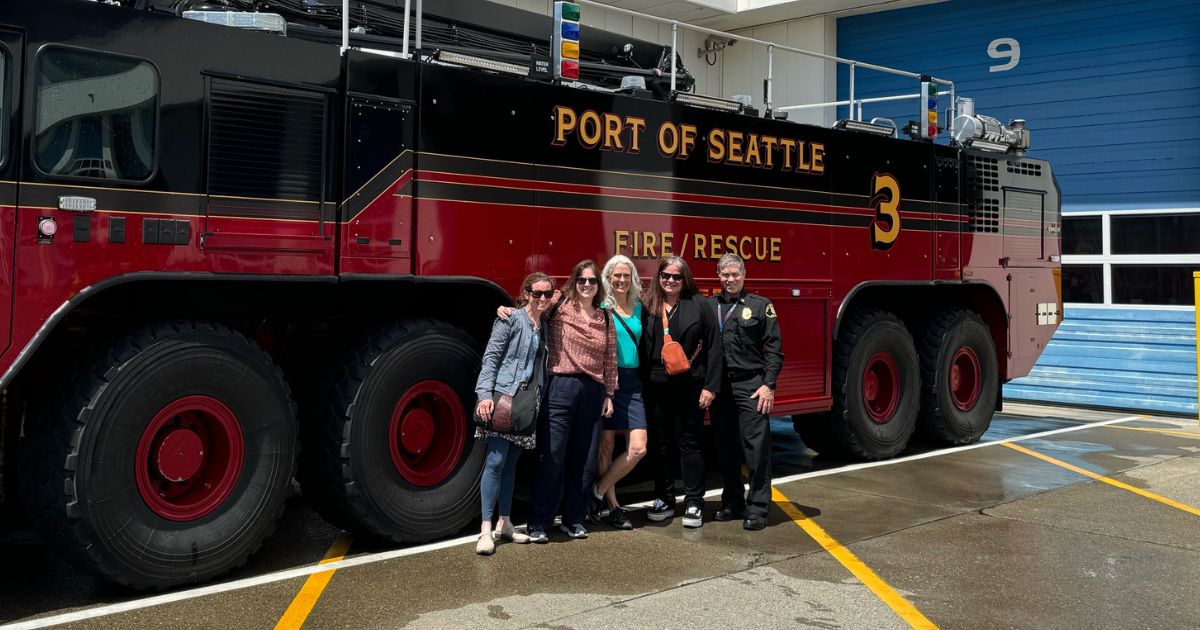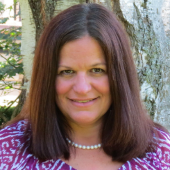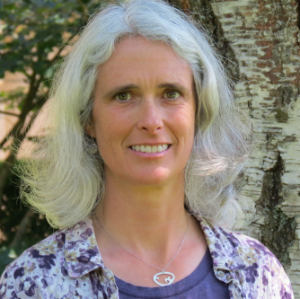Persistence pays off! Today, we celebrate a milestone we thought might never come—Seattle-Tacoma (SeaTac) International Airport’s transition to safer, PFAS-free firefighting foam. With this move, SeaTac is kicking off a cascade of change throughout Washington state, where state law now requires all civilian airports to switch to PFAS-free foam by 2025. This ends the persistent drinking water contamination threat posed by firefighting foam use at airports in Washington.
Since this change is one of Toxic-Free Future’s biggest achievements ever, we wanted to take a moment to remember how it all got started, to thank our partners who made it possible, and to reflect on what we learned in the process.
It was in 2017 that we first met with leadership from the Port of Seattle Fire Department and learned about the use of PFAS-containing foam and the high incidence of cancer in their department. At that time, the Federal Aviation Administration (FAA) required the use of this foam at airports and insisted that foam made without these persistent toxic chemicals linked to cancer would never be effective enough to use at airports.
But under the leadership of Chief Randy Krause, the department trained with PFAS-free foam and became convinced it was effective. At the same time, the Washington State Council of Fire Fighters prioritized banning PFAS-containing foam. They worked with Toxic-Free Future and community members to convince the Washington State Legislature to make Washington the first jurisdiction anywhere in the world to ban all PFAS in firefighting foam.
Determined to become the first airport to switch, Chief Krause brought SeaTac’s message about the effectiveness of PFAS-free foams to Congress. With his leadership and working together with national partners, we successfully won Congressional action to direct the FAA to allow airports to use PFAS-free foam and the military to phase out PFAS-containing foam.
SeaTac is now lighting the way to making the safest transition possible, using a well-researched method to remove PFAS from their fire-truck tanks and avoid contaminating water. The department also chose a foam certified under GreenScreen Certified for Firefighting Foam, a program we helped develop to ensure that substitute foams avoid the most harmful chemicals.
We thank Chief Krause, all of our partners in the fire service, the Washington State Council of Fire Fighters, the many community members who took time to make their voices heard, and the industry leaders who saw the future was PFAS-free and created safer products. Washington State Senator Kevin Van De Wege and Representatives Strom Peterson and Beth Doglio listened to our health concerns and boldly led the successful effort to pass groundbreaking state law.
When we commit to working together, sharing our strengths and never giving up until we achieve our goal, we can make change for healthier people and the planet.






